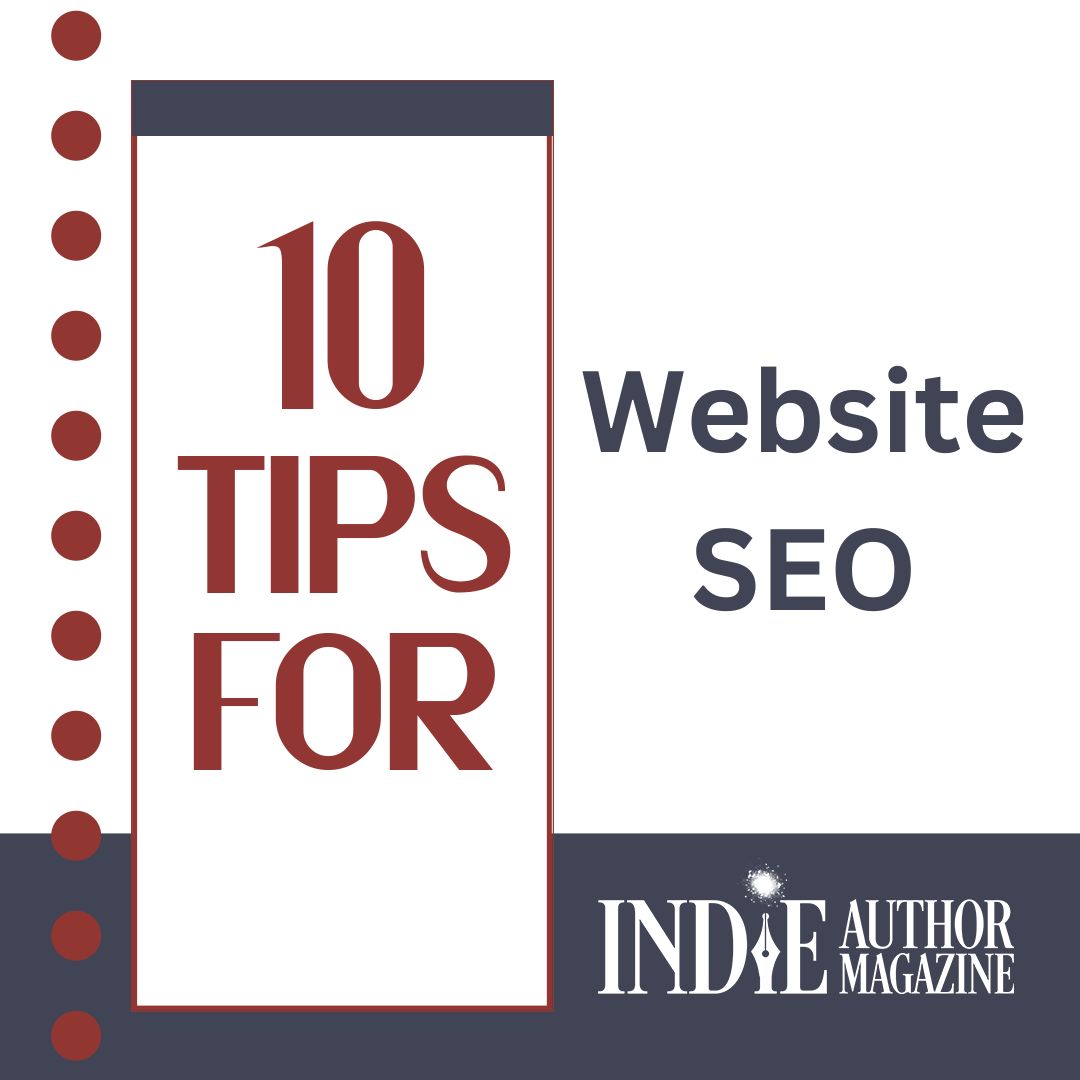Search Engine Optimization (SEO) is the organic method of driving traffic to your website, as well as to your other channels. As opposed to targeting audiences with paid ads, SEO allows you to utilize keywords, content creation, and links to create meaningful metadata that will place your site in potential readers’ search results and drive new audiences to your site.
Training Google and other internal search engines to connect potential readers to your site doesn’t have to be complicated. With ten steps, you can boost your website to the number one spot on the first page of people’s results pages. Since Google is the most used search engine, these ten tips will be Google-focused; however, you can use these tips across a great many platforms.
- Optimize Your Keywords
Keywords are vital for your brand to be discovered, but it’s important to use relevant keywords in the right places, and not too many. Functional SEO requires that you start out with keywords that are relevant to your brand. What do you want your audiences to focus on? What marketing terms align with your product? Try writing a list of questions your intended audience might type when seeking your brand, and answer those questions. The best keywords are niched down so clearly that both Google and your audiences know you provide the value they seek.
- Create Keyword-Saturated Content
To train Google’s search engine, it is vital your website be filled to the brim with content. Why? All that content is keyword-heavy, and that is what Google likes. If your author website only has book covers and links to buy, it is too bare for Google—or your intended audience—to care about. Websites with great SEO have blogs, vlogs, podcasts, embedded social media, images, and more. Don’t overdo it, but be sure there is enough content to engage your audience meaningfully for as long as you can.
- Link Your Brand around the Internet
Links tell Google that your website gets around; the more people move in and out and all around your site, the more Google sees you as relevant and valuable. Link to your books, Pinterest, Facebook, Instagram, Twitter, or other social media. Link to any mention of your brand, such as book signings, events, and articles. Throw links in your blog posts. Make sure that each page of your website has a relevant link. What do I mean by relevant? Use links that have been clearly crafted with keywords in mind. For example, if you want to mention another author’s book that you love, examine the keywords in the link to their page. Keywords like “romance-book-western-author-award” will do better at driving targeted traffic to your award-winning Western Romance brand than something like “huckleberry-OK Corral-Clint Eastwood-spaghetti.”
Avoid linking your website to non-curated websites, not just for your SEO but also for optimal user experiences. When choosing links to use, send your audience to clean, well-respected sites with few ads. Every word you post on your brand’s channels tells Google what to do. Do not confuse it with irrelevant links, no matter how interesting you think the article is.
- Give Your Audience Lots of Videos and Pictures
Google likes visual media along with keywords; the more pictures and video you can include, the longer your audience will linger, and the more your website trains Google its algorithms are working correctly. When posting videos, be sure to attach relevant keywords and metadata to connect your brand’s content across sites. If you’re using YouTube, the first hundred characters of your video’s description need to lock in your viewer. Here are some tips for making that space count:
- Front load your description with a link to your website, and fill in the rest with a keyword-heavy video description.
- If your video is on the short side, add a full transcript in the description box or, for longer videos, a link to your website where you display the transcript
- Use popular keywords relevant to your video as tags, but don’t overdo it. Too many irrelevant keywords will distract Google from your goal.
PRO TIP: Taking steps toward a more accessible video can also help with your SEO. Create an SRT file to go with each video. This will add subtitles and captions, which will then become keywords in search engines.
Pictures and videos create visual interest, but they also carry keywords. File names themselves are perfect places to maximize SEO; instead of January-Vlog-Davis.mov, try something like Yourname-become-a-best-seller.mov. It might be Mt. St Helens in the picture, but a great file label would include keywords that tell us why you are showing us the mountain and its relevance to your story. Don’t forget to fill the image caption with keywords as well; Google sees everything.
- Cross-Linking Creates SEO Dominance
Beyond linking to your site in other areas of the internet, cross-link everything within your website as well. Do you mention your first book on your About page? Link to it. If you are mentioning your design skills, link to your swag page. The goal, once you have your audience enveloped in the world of your brand, is to make them want to stay. Keep it comfortable to move around your world while making Google’s web crawlers happy too.
Pro Tip: Keep in mind the marketing rule of seven: it will take seven impressions to make a click. Make those seven impressions so visually enticing people won’t even realize how long they’ve stayed.
- Maximize Your Mobile Content
When designing your website, examine how your website will show up on your audience’s smartphone. Google uses a smartphone agent to crawl your website for information, specifically looking at it through the lens of a smartphone user. According to Google: “Make sure that your mobile site contains the same content as your desktop site.” Often, mobile sites are streamlined and simplified, with just a few words and links. Since Google uses this mobile-first indexing, simplified versions with little content will not rank well enough for optimal SEO.
- Make Social Media Work for You
Every Pinterest, Instagram, Facebook, and Twitter post you make should link to one or more of your website pages. Each of these channels has their own search engine as well. Utilize hashtags and keywords, but remember to keep them relevant to your brand. This means being intentional in the niche of your keywords; using irrelevant hashtags can distract the algorithms.
Pro Tip: It may be difficult to do, but being the first to create a specific branded hashtag can improve your SEO by allowing you ownership of the market.
- Make Google Search Console and Google Analytics Your Friends
Once you have your website up and running, use Google Search Console to help you analyze your site’s traffic and what keywords drove the audience to your content. Google Analytics gives you the tools to examine traffic to your website from all channels. Finally, Google Search Central provides an in-depth index for making all sorts of tweaks to your website to optimize SEO.
- Turn Your Website into a Theme Park
When building your website, try to create a world your audience never wants to leave. Entice them to read your blog post, then lead them to a podcast you made, a vlog on YouTube, your social media channels, your newsletter sign-up page, back to your website to buy the book they just learned about … Now you have optimized your SEO—and gained a fan.
- Focus on the User Experience
According to Google, the search engine “rewards content that provides a good user experience.” Clean, readable text on a secure website with easy navigation will go a long way to optimizing SEO. Think about your users’ experience. For instance, focus on accessibility: dark background colors with light text are hard to read for some, so consider neutral background colors with black text, large navigation menus with commonplace words, and content designed for the mobile experience. Your goal is to make it to number one on Google’s results page, but once you have your audience, it’s up to you to keep them comfortable enough to engage.






